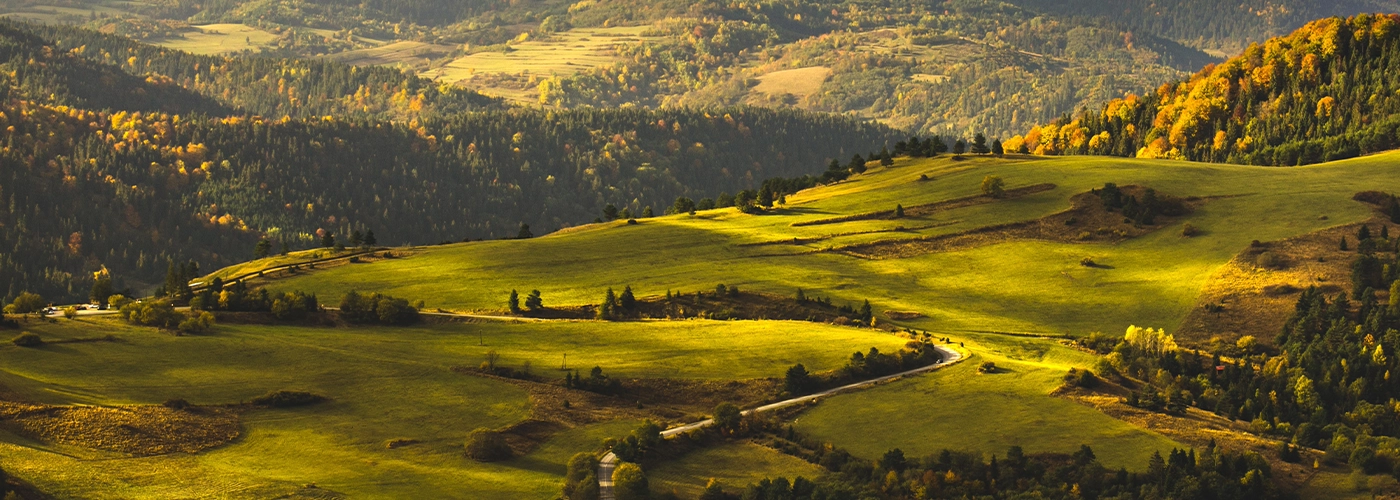Flying a drone in Slovakia
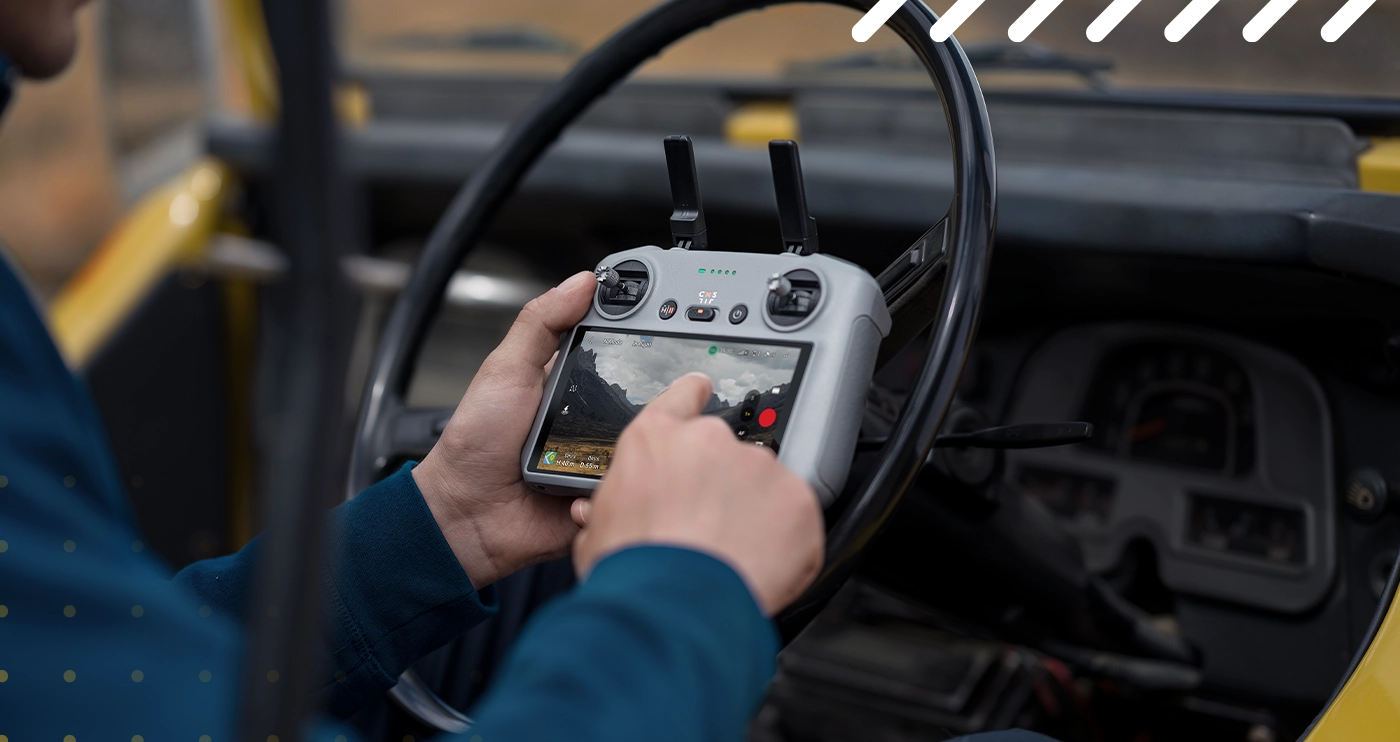
If you plan to perform recreational or commercial flights in the Slovak sky, it is worth checking in advance what rules apply in the various zones, what the registration process is like, and where there is a complete ban on flying. In this article, we tell you how to legally and safely use a drone in Slovakia - without stress, fines or unnecessary complications.
Flying a drone in Slovakia - what you should know?
Slovakia applies EU regulations on flying drones, but supplements them with its own rules on registration, licensing and access to selected air zones. Those planning to use drones in the country should carefully review the applicable regulations to avoid fines and confiscation of equipment.
Both amateurs and operators carrying out commercial flights face technical requirements, administrative formalities and geographic restrictions. Flying a drone legally in Slovakia is possible, subject to full compliance with national regulations, which are overseen by the Úrad pre civilné letectvo SR - the Slovak equivalent of the Civil Aviation Authority.
Is it legal to fly a drone in Slovakia?
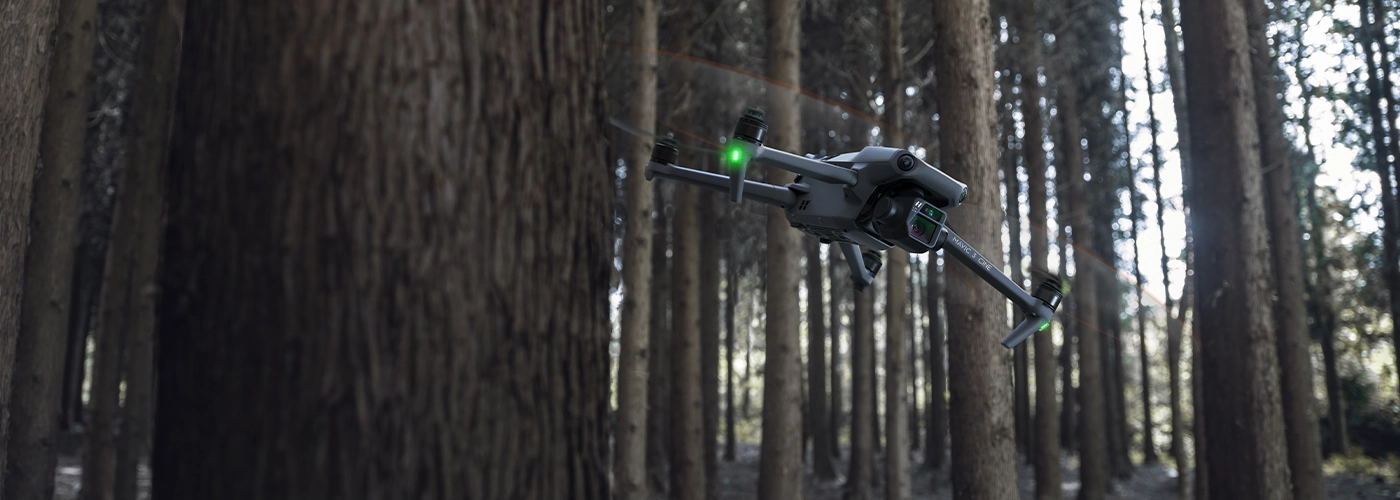
Yes, flying a drone in Slovakia is allowed, provided that the requirements under the aviation law are met. The applicable regulations have been harmonized with those of the EU, so many of the principles overlap with those known in Poland or Germany. However, issues related to registration of drone operators and access to individual air zones are determined at the national level.
When you need to register as a drone operator?
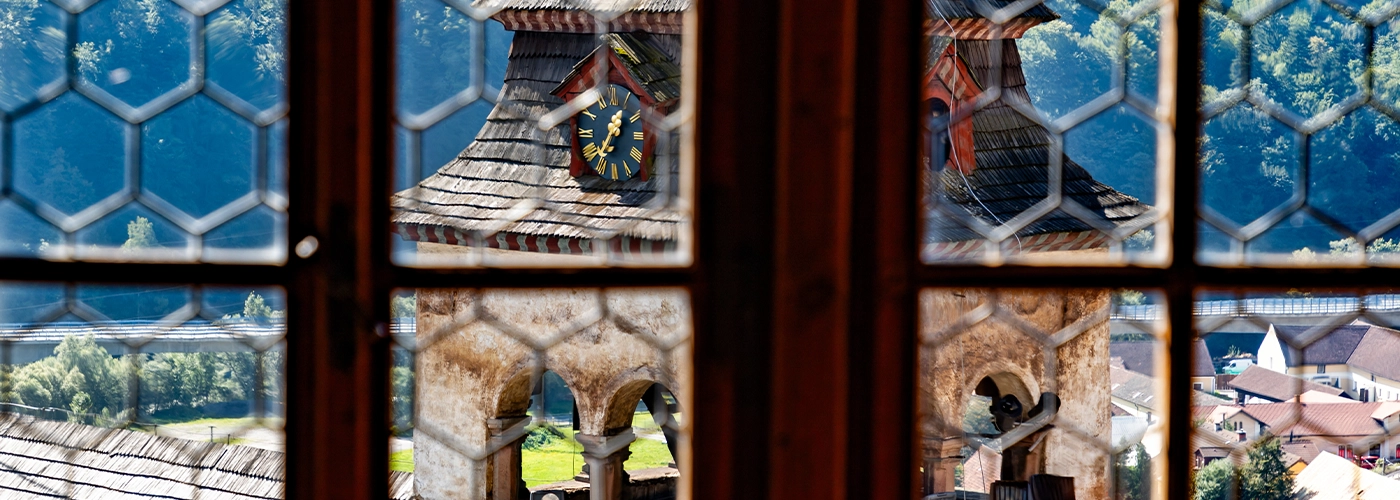
Most drone users - both residents and visitors to Slovakia - are are required to register. This includes:
- drone operators weighing more than 250 grams,
- users of equipment equipped with a camera or other sensors to collect data,
- persons performing flights for commercial purposes - regardless of the weight of the device.
Registration should be done before making the first flight.
Do tourists need to register?
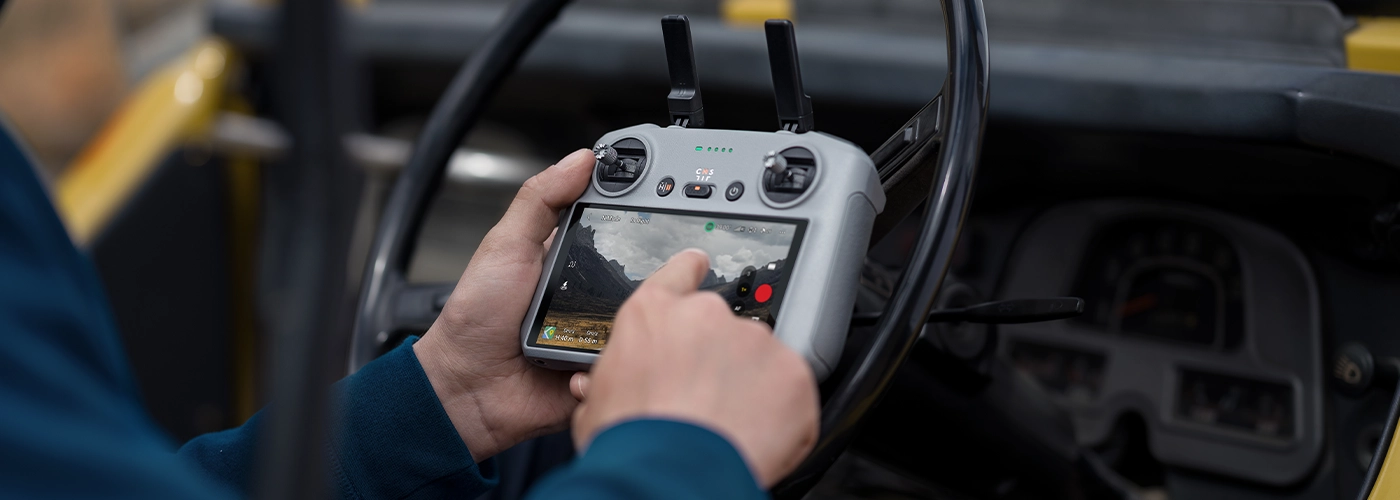
Yes, people traveling to Slovakia for tourism are also required to register if they meet any of the above criteria. Registrations made in another EU country are respected, but the operator should carry a document confirming the registration, a drone - Be marked with an identifier assigned by the national system. This includes popular models such as drones DJI, which often exceed the 250 gram threshold or have integrated cameras.
What are the categories of drone flights in Slovakia?

As in other European Union member states, there is a division into three categories of operations:
- Open category - Applies to recreational flying and uncomplicated amateur tasks. Does not require prior authorization, but often involves an online course and operator registration. Height limits and rules for maintaining safe distances apply.
- Special category - Includes operations requiring prior approval due to increased levels of risk, such as flying over urban areas, near people or infrastructure. Risk analysis and approval of the operation plan by the competent authority is required.
- Certified category - Reserved for the highest-risk operations, such as transporting goods by drone. The procedures here are similar to those used in manned aviation.
Where you can't fly a drone in Slovakia?
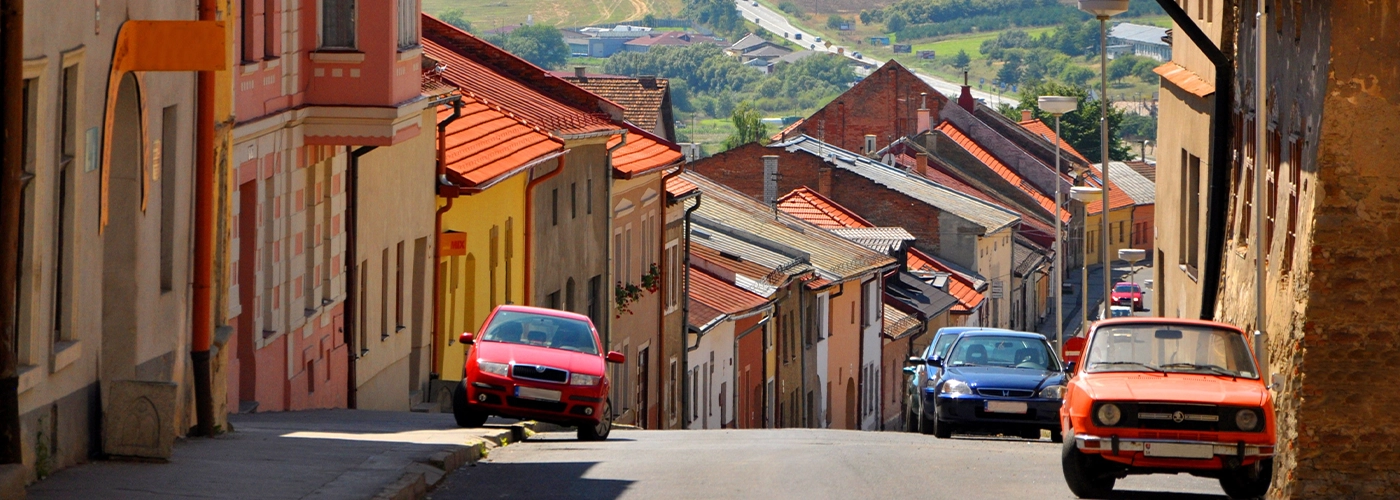
Slovakia has many restricted or prohibited areas, the existence of which is not always apparent to the average user. Their knowledge is mandatory before every flight.
Among the most important are:
- cTR (Control Zones) - areas around civilian, military and sports airports, such as in Bratislava, Kosice, Poprad and Sliač,
- military areas - there is a ban on approaching less than 1 km,
- national parks and nature reserves - flights possible only with the approval of the Ministry of Environment,
- urban areas and densely built-up areas - require approval in the "special" category.
Access to up-to-date maps of restricted zones is provided by the DronView system and other dedicated applications for planning flight operations in accordance with drone regulations.
What are the height and distance limits?
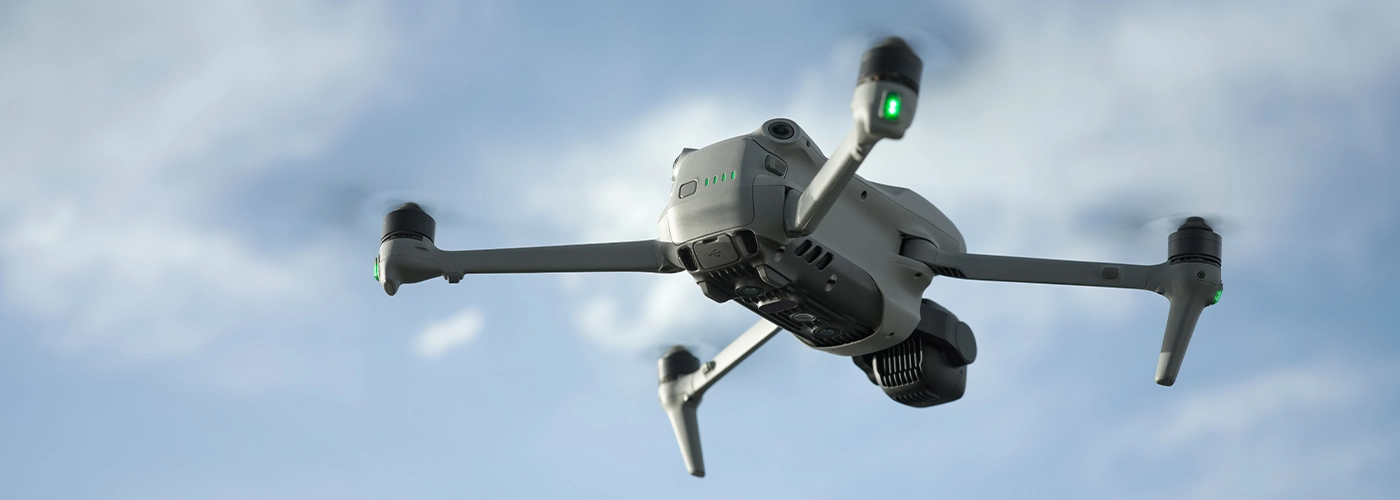
Recreational drones can rise to a maximum height of 120 meters above ground level, provided that visual contact is maintained with the device.
The VLOS (Visual Line of Sight) principle means that the operator must have the drone in sight throughout the flight - the use of FPV goggles, binoculars or camera display as the only source of image is excluded.
Basic limitations:
- maximum height - 120 meters,
- distance from the operator - no precise limit, but within the limits of visibility,
- distance from bystanders - a minimum of 30 meters for drones without C1 or C0 designation,
- prohibition on approaching buildings, bridges, power lines or vehicles.
Is it possible to fly a drone in the Slovak Tatra Mountains?
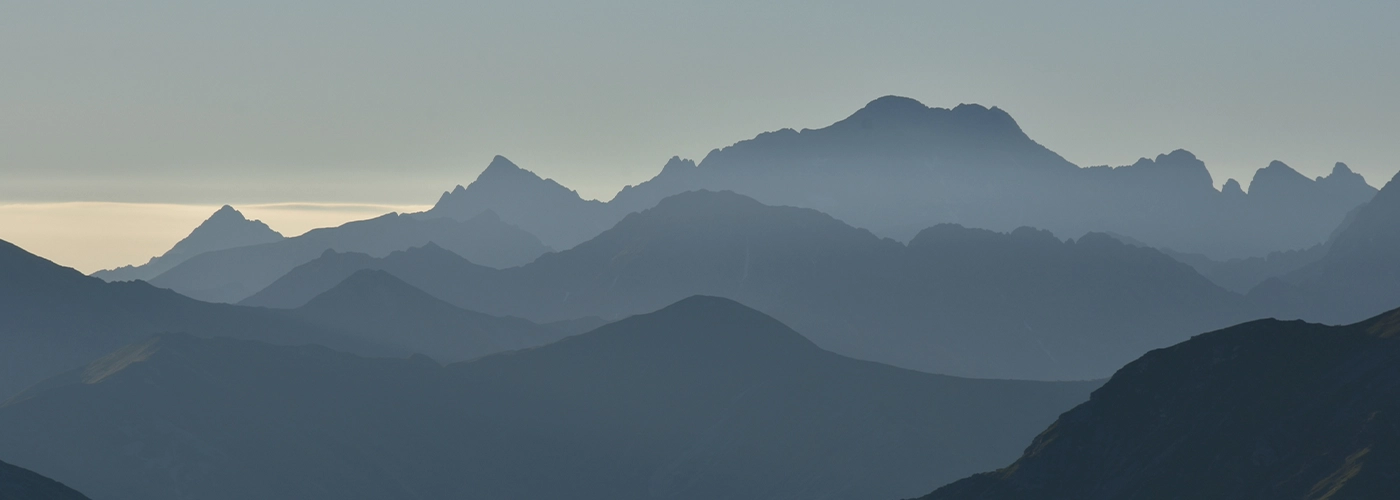
The use of drones is strictly prohibited in the Tatra National Park (TANAP) - regardless of the weight of the device, its purpose or equipment. This includes valleys, peaks, shelters and hiking trails.
All air operations within the TANAP require a special permit from the park administration. Violation of the ban can result in fines and, in the case of serious violations, also confiscation of equipment.
Summary
Flying a drone in Slovakia, requires good knowledge of local regulations and proper preparation. Operator registration, knowledge of restricted zones, and the rule of keeping the drone in sight are just some of the responsibilities you must meet. Particular caution should be exercised around airports, military facilities and protected areas such as TANAP. A responsible approach to regulations is not only a duty - it is also a guarantee of successful, safe and legal flights.

